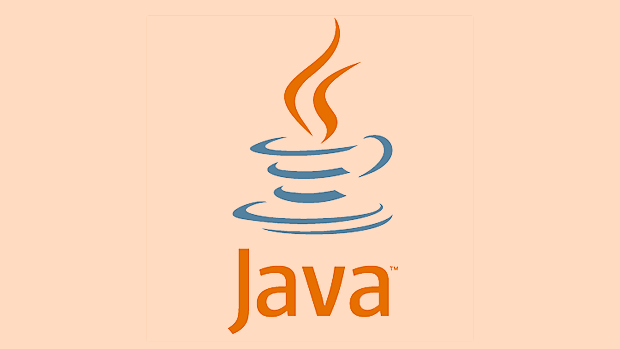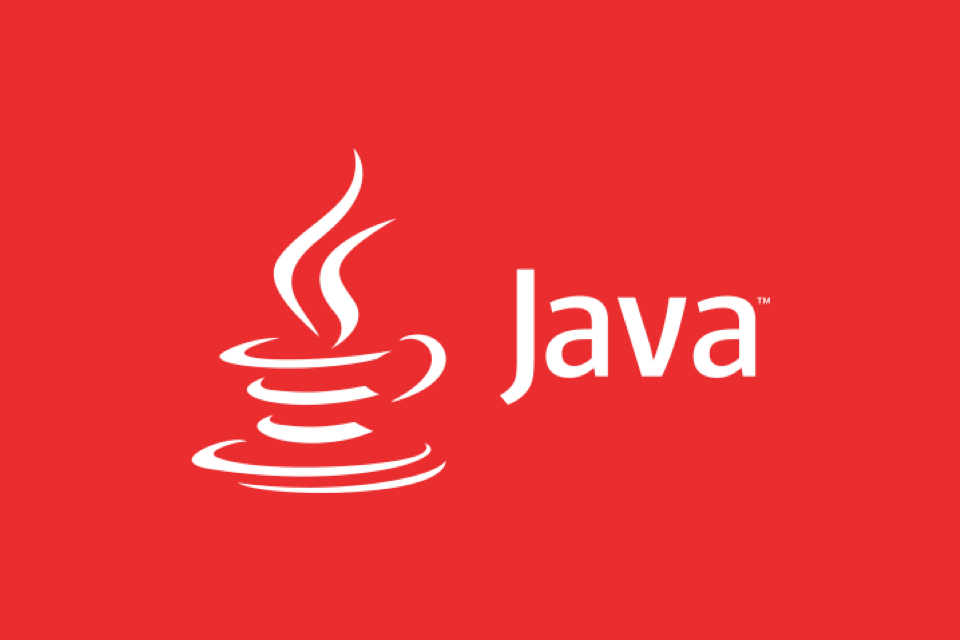Java NIO is a new IO API introduced by Java 1.4, 1) is aimed at buffers and channels, 2) contains core components of Buffer, Channel and Selector, 3) supports non-blocking mode, and 4) handles concurrent connections more efficiently than traditional IO. Its advantages are reflected in: 1) Non-blocking IO reduces thread overhead, 2) Buffer improves data transmission efficiency, 3) Selector realizes multiplexing, and 4) Memory mapping speeds up file reading and writing. Note when using: 1) The flip/clear operation of the Buffer is easy to be confused, 2) Incomplete data needs to be processed manually in non-blocking, 3) Selector registration must be canceled in time, 4) NIO is not suitable for all scenarios.

Java NIO (New Input/Output) was introduced in Java 1.4, which is an important upgrade to traditional IO. It performs better in handling large amounts of concurrent connections and high-performance network communications, and is especially suitable for building high-throughput server-side applications.

What is Java NIO?
Java NIO is not just a simple improvement to IO, but provides a brand new set of APIs for input and output operations. Unlike traditional Stream-Oriented IO, NIO is buffer-oriented and channel-based.

Core components include:
- Buffer : Data reading and writing are completed through Buffer, and are no longer direct operation of streams.
- Channel : Similar to streams, but can be read and written in both directions and supports asynchronous operations.
- Selector : used to listen to events of multiple channels, which is the key to implementing multiplexing.
These designs make NIO more flexible and efficient, especially in non-blocking mode where a thread can manage multiple connections.

What are the advantages of Java NIO?
Compared with traditional IO, Java NIO has the following obvious advantages:
- Non-blocking IO mode : Multiple connection requests can be processed in one thread, reducing thread switching overhead.
- Efficient Buffer Management : Using Buffer improves data transmission efficiency and reduces the number of system calls.
- Selector multiplexing mechanism : Very suitable for handling large number of concurrent connections, such as common scenarios in server-side development.
- Memory mapped file support :
MappedByteBuffercan directly map files to memory, greatly improving file read and write speed.
For example, if a web server uses traditional IO, each client connection needs an independent thread to handle; while with NIO, a thread can monitor and process multiple connections at the same time, which consumes less resources and responds faster.
What should I pay attention to in actual use?
Although Java NIO is powerful, there are some details that are easy to get stuck in actual use:
- The flip and clear operations of Buffer are easily confused : remember to call flip() when switching read and write, otherwise the data you just wrote will not be read; after use, use clear() or compact() to clear or retain part of the data.
- Non-blocking mode requires manual processing of incomplete data : for example, when receiving HTTP requests, you may not get the complete request header at one time, and you need to loop through to read until you receive the complete data.
- When registering and canceling Selector, you should pay attention to timely quality : when the connection is closed, you should cancel the registration in time to avoid resource leakage.
- NIO is not omnipotent : traditional IO is more intuitive and easy to use for simple IO operations; only when it is necessary to deal with a large number of concurrent connections can the advantages of NIO be truly reflected.
Let's summarize
Java NIO provides a more underlying and flexible IO operation method, especially in network programming with significant advantages. If your application needs to deal with high concurrency and low latency scenarios, such as chat servers, real-time data push, etc., then NIO is an option worth considering.
Basically that's it. By mastering the three core concepts of Buffer, Channel and Selector, and paying attention to some common usage details, you can use Java NIO to build efficient IO applications well.
The above is the detailed content of Understanding Java NIO and Its Advantages. For more information, please follow other related articles on the PHP Chinese website!

Hot AI Tools

Undress AI Tool
Undress images for free

Undresser.AI Undress
AI-powered app for creating realistic nude photos

AI Clothes Remover
Online AI tool for removing clothes from photos.

Clothoff.io
AI clothes remover

Video Face Swap
Swap faces in any video effortlessly with our completely free AI face swap tool!

Hot Article

Hot Tools

Notepad++7.3.1
Easy-to-use and free code editor

SublimeText3 Chinese version
Chinese version, very easy to use

Zend Studio 13.0.1
Powerful PHP integrated development environment

Dreamweaver CS6
Visual web development tools

SublimeText3 Mac version
God-level code editing software (SublimeText3)

Hot Topics
 Selecting Specific Columns | Performance Optimization
Jun 27, 2025 pm 05:46 PM
Selecting Specific Columns | Performance Optimization
Jun 27, 2025 pm 05:46 PM
Selectingonlyneededcolumnsimprovesperformancebyreducingresourceusage.1.Fetchingallcolumnsincreasesmemory,network,andprocessingoverhead.2.Unnecessarydataretrievalpreventseffectiveindexuse,raisesdiskI/O,andslowsqueryexecution.3.Tooptimize,identifyrequi
 What is the `enum` type in Java?
Jul 02, 2025 am 01:31 AM
What is the `enum` type in Java?
Jul 02, 2025 am 01:31 AM
Enums in Java are special classes that represent fixed number of constant values. 1. Use the enum keyword definition; 2. Each enum value is a public static final instance of the enum type; 3. It can include fields, constructors and methods to add behavior to each constant; 4. It can be used in switch statements, supports direct comparison, and provides built-in methods such as name(), ordinal(), values() and valueOf(); 5. Enumeration can improve the type safety, readability and flexibility of the code, and is suitable for limited collection scenarios such as status codes, colors or week.
 Applying Semantic Structure with article, section, and aside in HTML
Jul 05, 2025 am 02:03 AM
Applying Semantic Structure with article, section, and aside in HTML
Jul 05, 2025 am 02:03 AM
The rational use of semantic tags in HTML can improve page structure clarity, accessibility and SEO effects. 1. Used for independent content blocks, such as blog posts or comments, it must be self-contained; 2. Used for classification related content, usually including titles, and is suitable for different modules of the page; 3. Used for auxiliary information related to the main content but not core, such as sidebar recommendations or author profiles. In actual development, labels should be combined and other, avoid excessive nesting, keep the structure simple, and verify the rationality of the structure through developer tools.
 What is the JDK?
Jun 25, 2025 pm 04:05 PM
What is the JDK?
Jun 25, 2025 pm 04:05 PM
JDK (JavaDevelopmentKit) is a software development environment for developing Java applications and applets. It contains tools and libraries required to compile, debug and run Java programs. Its core components include Java compiler (javac), Java runtime environment (JRE), Java interpreter (java), debugger (jdb), document generation tools (javadoc) and packaging tools (such as jar and jmod). Developers need JDK to write, compile Java code and develop with the help of IDE; without JDK, Java applications cannot be built or modified. You can enter javac-version and java-version in the terminal
 VSCode debugger for Java setup guide
Jul 01, 2025 am 12:22 AM
VSCode debugger for Java setup guide
Jul 01, 2025 am 12:22 AM
The key steps in configuring the Java debugging environment on VSCode include: 1. Install JDK and verify; 2. Install JavaExtensionPack and DebuggerforJava plug-in; 3. Create and configure the launch.json file, specify mainClass and projectName; 4. Set up the correct project structure to ensure the source code path and compilation output are correct; 5. Use debugging techniques such as Watch, F8/F10/F11 shortcut keys and methods to deal with common problems such as class not found or JVM attachment failure.
 Windows search bar not typing
Jul 02, 2025 am 10:55 AM
Windows search bar not typing
Jul 02, 2025 am 10:55 AM
When the Windows search bar cannot enter text, common solutions are: 1. Restart the Explorer or computer, open the Task Manager to restart the "Windows Explorer" process, or restart the device directly; 2. Switch or uninstall the input method, try to use the English input method or Microsoft's own input method to eliminate third-party input method conflicts; 3. Run the system file check tool, execute the sfc/scannow command in the command prompt to repair the system files; 4. Reset or rebuild the search index, and rebuild it through the "Index Options" in the "Control Panel". Usually, we start with simple steps first, and most problems can be solved step by step.
 How do I set up VS Code for Java development?
Jun 29, 2025 am 12:23 AM
How do I set up VS Code for Java development?
Jun 29, 2025 am 12:23 AM
To use VSCode for Java development, you need to install the necessary extensions, configure the JDK and set up the workspace. 1. Install JavaExtensionPack, including language support, debugging integration, build tools and code completion functions; optional JavaTestRunner or SpringBoot extension package. 2. Install at least JDK17 and verify through java-version and javac-version; set the JAVA_HOME environment variable, or switch multiple JDKs in the status bar at the bottom of VSCode. 3. After opening the project folder, make sure the project structure is correct and enable automatic saving, adjust the formatting rules, enable code checking, and configure the compilation task to optimize the opening.
 Why use the `Serializable` interface?
Jun 26, 2025 am 01:02 AM
Why use the `Serializable` interface?
Jun 26, 2025 am 01:02 AM
ImplementingtheSerializableinterfaceinJavaallowsaclasstobeconvertedintoabytestreamforstorageortransmission.Asamarkerinterfacewithnomethods,itsignalsthattheclassisreadyforserialization,enablingmechanismslikeObjectOutputStreamtoprocessit.Failingtoimple






